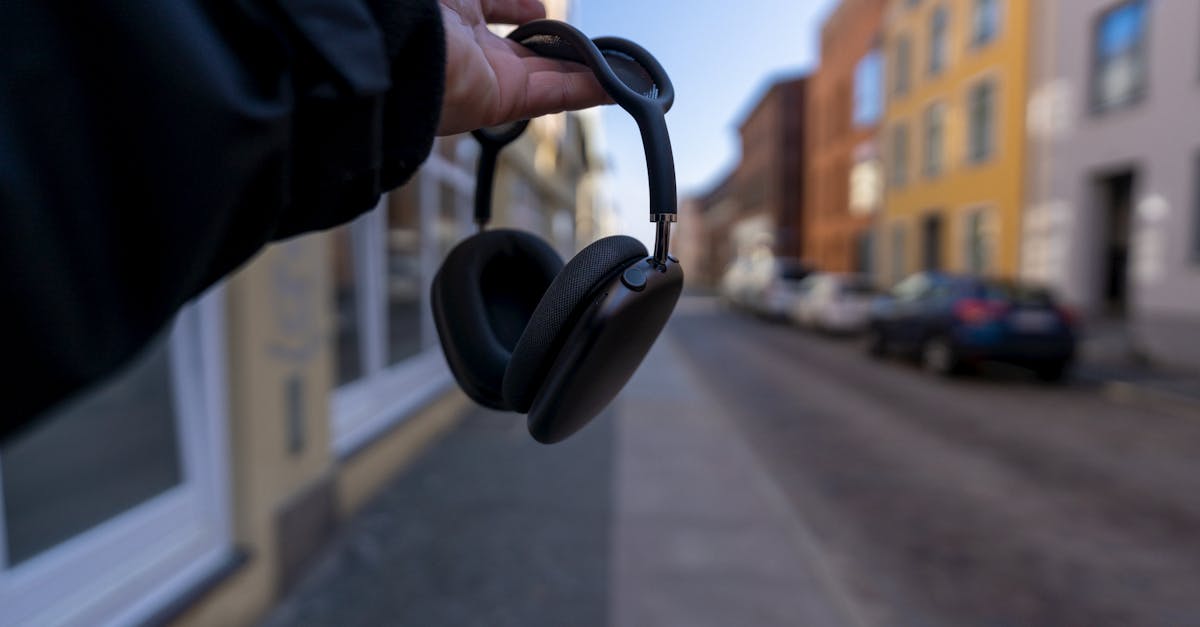Urban Soundscape Symphony
Introduction to Urban Soundscapes
In every bustling metropolis, a unique symphony composed of myriad sounds echoes from dawn until dusk. Whether it’s the rhythmic hum of traffic or the melodious chirping of morning birds, these sounds form what experts call the urban soundscape. An urban soundscape encompasses every auditory component of a city, blending both natural and man-made sounds. This complex acoustic environment plays a significant role in shaping our daily lives, influencing mood, behavior, and well-being. As cities continue to evolve, understanding their auditory landscapes can help enhance livability and foster community connections.
Advertisement
Understanding the Components
An urban soundscape is multifaceted, consisting of endless sounds that merge harmoniously or chaotically, depending on the context. Key components include anthropogenic sounds like those from traffic, construction, and human chatter. There are also natural sounds such as birdsong, rainfall, and wind rustling through trees. Each city has its unique sound signature, defined by cultural, geographical, and socioeconomic factors. For instance, while New York City might be renowned for the incessant buzz of yellow taxis and sirens, Tokyo's soundscape might be characterized by the gentle melodies emanating from train stations and vending machines. This dynamic amalgamation makes urban soundscapes both culturally rich and audibly intricate.
Advertisement
The Role of Urban Design
Urban planning and architectural design significantly contribute to shaping a city's soundscape. Streetscapes, building materials, and urban layout influence how sounds travel and are perceived. Designers now consider sound as a vital component of urban aesthetics, incorporating sound barriers, green roofs, and sound-absorbing materials to manage noise levels. Parks and water features, like fountains, serve dual purposes: enhancing visual appeal and providing pleasant auditory experiences. Strategic urban design not only softens undesirable noise but also accentuates desired sounds, promoting healthier and more pleasant city living.
Advertisement
Impacts on Mental Health
The cacophony of city life can often be overwhelming, affecting residents' mental health. Prolonged exposure to high noise levels has been linked to stress, sleep disturbances, and even cardiovascular issues. Conversely, harmonious urban soundscapes, rich in natural sounds, have shown to promote relaxation and reduce stress. Research indicates that birdsong can enhance concentration and mood, demonstrating the mental health benefits of well-balanced sound environments. Creating tranquil urban oases that provide auditory respite can significantly improve city dwellers' quality of life, encouraging a more serene state of mind amidst urban chaos.
Advertisement
Soundscapes as Cultural Identity
Urban soundscapes reflect the cultural heartbeats of a city, narrating stories of its inhabitants and their daily lives. Festivals, street performers, and local markets contribute vibrant audio tapestries, encapsulating the essence of the community. Cultural soundscapes become intrinsic to cities, with symphonies that change with time, celebrating events, traditions, and history. These sounds not only enhance residents’ attachments to their localities but also shape tourists’ perceptions. Thus, preserving these acoustic identities is vital, as they foster cultural pride and contribute to a sense of belonging.
Advertisement
Technological Advances and Innovation
Technological innovation is reshaping urban soundscapes. Smart city technologies, acoustic monitoring systems, and sound mapping aid in analyzing and managing urban noise. These advancements empower city planners to better understand sound sources and their impacts, leading to informed decisions for soundscape enhancement. Moreover, augmented reality (AR) and virtual reality (VR) technologies offer immersive acoustic experiences, enabling users to explore cities' auditory layers. With cutting-edge technology, urban soundscapes can be curated to optimize pleasant sound exposure while minimizing noise pollution.
Advertisement
Engagement Through Sound Art
Sound art installations are creative expressions that engage people with their sonic environments. Artists transform urban spaces or create soundwalks, compelling individuals to actively listen to and appreciate their surroundings. Projects, like sound sculptures or site-specific performances, invite audiences to interpret narratives conveyed through soundscapes. These installations not only provide aesthetic enjoyment but also raise awareness of urban noise issues. By engaging communities with auditory art, cities foster deeper connections with their sound environments, encouraging thoughtful interactions with everyday noises.
Advertisement
Challenges in Soundscape Management
Managing urban soundscapes is not without its challenges. Balancing human activities with residential tranquility demands strategic approaches. Population growth, economic development, and expanding infrastructure increase noise pollution, making soundscape management imperative. Policymakers must implement noise ordinances, zoning laws, and innovative solutions to mitigate detrimental sounds. Furthermore, cross-disciplinary collaboration between acousticians, urban planners, and policymakers is crucial to forge sustainable sound environments that cater to diverse community needs.
Advertisement
The Future of Urban Soundscapes
In the face of urbanization and technological advancement, the future of urban soundscapes looks promising yet complex. Sustainability efforts and evolving city designs will continue to shape how sounds interplay with urban spaces. Embracing soundscapes as integral to city planning can result in joyous, vibrant environments that foster community well-being. As technology evolves, opportunities for immersive and adaptive soundscapes will emerge, enriching auditory experiences. Moving forward, it remains essential to balance innovation with the preservation of cultural sound identities, ensuring that cities resonate with harmony.
Advertisement
Conclusion
Urban soundscapes are far more than mere background noise—to the perceptive listener, they are a dynamic symphony defining city life. As urbanization accelerates, understanding and managing these sound environments becomes increasingly important. By embracing strategic urban design, technology, and cultural appreciation, cities can cultivate enriching soundscapes that improve resident's well-being and enhance cultural identity. Continued exploration and attention to our auditory environments will ensure that as cities grow, they remain sonically inviting places to live, work, and play.
Advertisement


